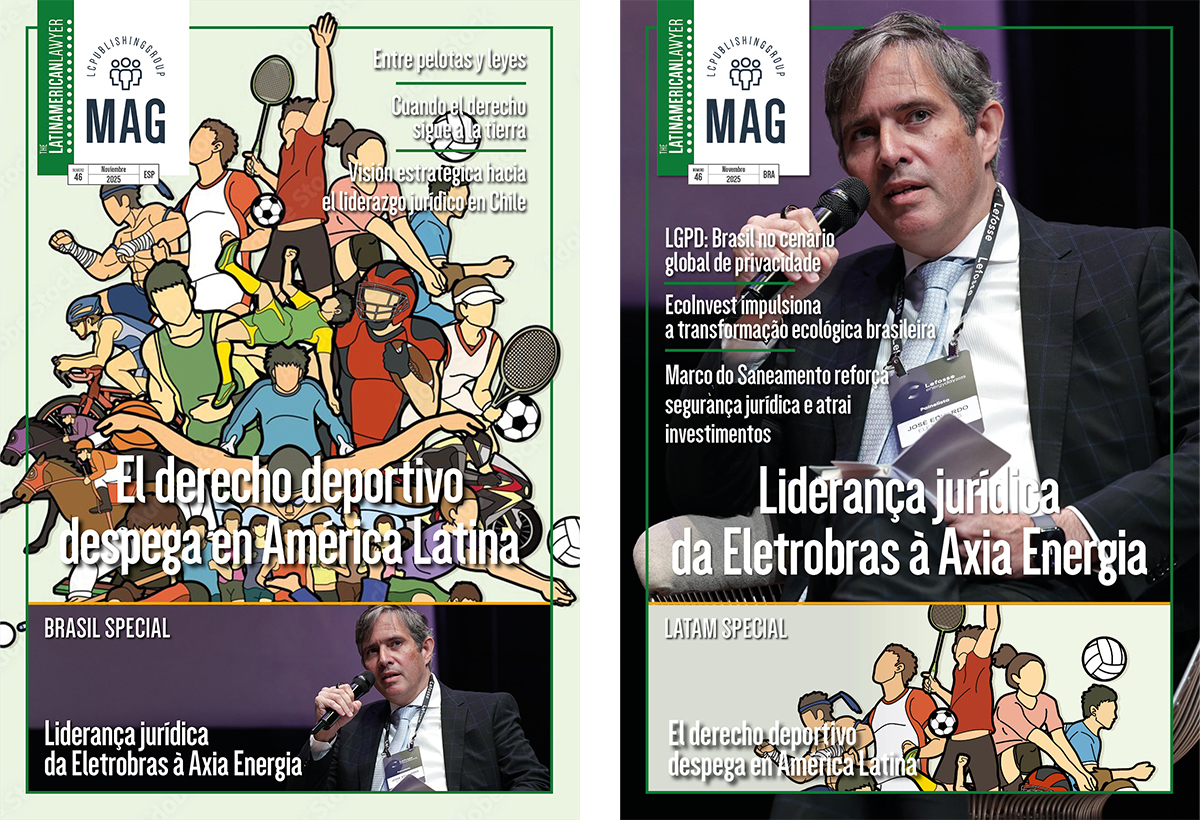Seven challenges for Cuba’s new president

Cuba´s National Assembly (Parliament) elected a new president, Miguel Diaz-Canel, on April 19th. The article explores some challenges ahead for the new leader.
 For the first time in almost six decades, Cuba is led by a man without the Castro surname and who was not even born when the Revolution took power in 1959. Former president Raul Castro will remain first secretary of the Communist Party of Cuba, a member of the National Assembly and the head of the armed forces. No radical changes to the country’s state-run economy and one-party system are expected.
For the first time in almost six decades, Cuba is led by a man without the Castro surname and who was not even born when the Revolution took power in 1959. Former president Raul Castro will remain first secretary of the Communist Party of Cuba, a member of the National Assembly and the head of the armed forces. No radical changes to the country’s state-run economy and one-party system are expected.
This is an abridged version in English of a piece written by Jose María Viñals Camallonga, partner and head of international operations at Lupicinio International Law Firm. Edited and published with author’s permission.
Those who know him, and especially those who have worked with him, say that Miguel Díaz-Canel – the great-grandson of an expat from the Asturian town of Castropol – is demanding, rigorous and a perfectionist, and that he deals diligently with every matter crossing his desk. He is also said to carefully select each member of his team. As far as the newly elected Cuban president is concerned, recommendations and the influence of others amount to nothing. Rather, he seeks efficiency, academic and professional excellence, and, above all, a steely work ethic.
Díaz-Canel made it clear in the past that his priority is to advance with the modernization of a prosperous and sustainable socialist economic model. This strategy was initially laid out in 2011 through over three hundred guidelines resulting from the VI Congress of the Cuban Communist Party which followed unprecedented mass consultation in Cuba. With this in mind, the new Cuban president will not be able to ignore the following challenges facing the nation:
-
Relations with the USA. The rules behind the US embargo against Cuba and the various US governments that have overseen it have stated that it would continue as long there was a Castro in power. Now that this is not the case, would Trump put an end to sanctions and change an impasse which has lasted almost 60 years? A relaxation of the embargo, or the announcement of a revision of its status, would provide a breath of fresh air to the Cuban economy and undoubtedly attract new investors. It is notable that, with the exception of the US and Israel, the UN has frequently appealed for the end of the embargo.
-
Reforms initiated under former president Raúl Castro. Following in the footsteps of his predecessor, the new president should focus on reducing the budget deficit, increasing exports and reducing reliance on imports, modernizing the banking system, strengthening agricultural production, creating a wholesale market, expanding self-employment and perhaps most importantly, decentralizing economic decision-making.
-
Changes to central administration and more reforms. Cuba could simplify and remove hurdles which slow down foreign investment, and could look to encourage a more entrepreneurial spirit in the internal market. The new government could also reform state-owned enterprises and create a fiscal system that balances central and local power, as China once did. Cuba could rely on powerful partners such as China, the EU, Canada, Mexico, Japan and Russia, willing to step in and help in mutually beneficial investment schemes.
-
Business autonomy. The top-down economic decision-making needs changing, broadening autonomy at the intermediary stages of the economic system and reducing red tape. The government should foster an economic model which seeks to increase productivity and growth as well as reducing debt. Alternative corporate ownership structures should be considered, creating organisations capable of competing in the global market, and opening investment to small and medium-sized foreign and local investors.
-
Monetary union. The much-needed monetary reform is yet to materialise: the current dual currency system created imbalances and confusion, it remains an obstacle to investing. The EU has already offered to help Cuba as it draws on its experience with the transition to the Euro.
-
Increase growth. Growth estimates for 2011 through 2016 remained well below forecast, but it seems clear that tourism, construction and business will drive the Cuban economy over the next decade. In 2015 these sectors made up 30% of the country´s GDP. If we add to this an increase in exports and foreign investment, and the potential end of the embargo, the goal of achieving a 4% growth rate seems viable if cautious.
-
Foreign debt. In recent years, Cuba renegotiated and paid off overdue debt. In 2016, it managed to stabilize its official external debt, but with a hefty price tag: $23 billion dollars, which impacted negatively on internal investment and consumption. This was achieved without guidance or assistance from the IMF, World Bank or any other multilateral financial organization. On the other hand, these payments increased international confidence in Cuba. In addition, increasing the value of counterpart funds and simplifying bureaucracy surrounding them could also increase foreign investment, a key element for a successful economic future.















